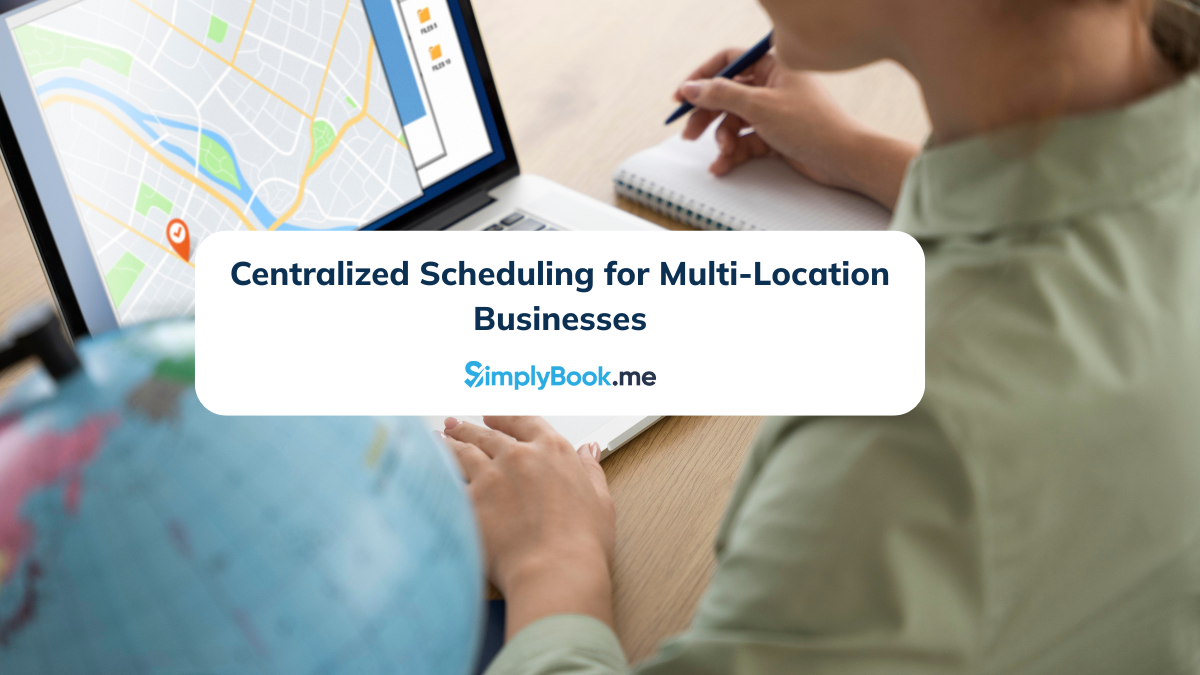How To Protect Your Small Business From Payment Frauds

This post is also available in:
![]()
![]()
![]()
![]()
An estimated 550 million small business owners worldwide create huge employment and lifestyle opportunities. Unfortunately, small businesses are prime targets for payment fraud.
In fact, according to a 2018 report by The Association of Certified Fraud Examiners (ACFE), small businesses rank much higher than larger corporations in payment fraud frequency (48%), and this number is only expected to rise in the next few years.
This means it’s more important than ever for small business owners to stay informed and proactive in protecting their businesses from payment fraud.
In this post, we’ll discuss the following:
- What are payment frauds?
- How do criminals carry out payment fraud?
- What are the most common frauds in small businesses?
- How to protect your small business from payment fraud?
What Is A Payment Fraud?
Payment fraud can be defined as any illegal or fraudulent activity which involves using payment methods to unlawfully obtain or transfer money or goods without the rightful owner’s consent. Most of these cases occur after credit card details are leaked and stolen by cybercriminals.
Payment fraud can be broadly classified into the following three types:
- Unauthorized or fraudulent transactions
- Bounced checks or false chargebacks/requests for refunds
- Stolen or lost merchandise
How Does Payment Fraud Happen?
Payment fraud can happen in various ways, but some standard techniques include the following:
- Phishing attacks
- Malware
- Computer hacking
- Fake websites
- Insider theft
- Data breaches
Scammers steal their victim’s card numbers or other payment credentials through these methods. They can then use these to make unauthorized purchases or transfers.
However, it’s important to note that payment fraud can also occur through traditional methods such as stolen or forged checks.
What Are The Most Common Frauds In Small Businesses?
Some of the most common payment frauds in small businesses include:
- Identity theft: Refers to the illegal use of someone else’s personal information to make unauthorized purchases or transfers in their name. This type of attack is one of the most common culprits in small business fraud cases. Here’s what to do if you believe you’re a victim of identity theft.
- Refund fraud: In this attack, buyers falsely claim that they didn’t receive your business’s goods or services and request a refund. They can then use the refunded amount to either buy a new product or sell the original if given a replacement.
- Card testing: Did scammers recently use your credit card to make small purchases? If so, maybe you’ve been a victim of card testing fraud. In this type of attack, hackers with stolen bank card numbers make small purchases before carrying out a larger transaction to check if it works. This is often done through multiple transactions with different merchants to avoid suspicion and check if the card has funds.
- Account takeover: In this type of fraud, criminals gain access to a business’s bank account using phishing attacks or other techniques. They can then use this access to make unauthorized transactions or changes to the account. These “hacked accounts” are also commonly re-sold or used in more complicated scams by cybercriminals.
- BIN attacks: BIN, or Bank Identification Number attack, is a type of fraud in which criminals use software to generate many potentially active credit card numbers based on a stolen card’s first 6 “BIN” digits. After they’re able to identify an active account number, they’ll often test it out by making multiple small transactions. As mentioned above in “card testing” fraud.
How To Protect Your Small Business From Payment Frauds?
Now that we’ve covered the basics of payment fraud let’s talk about how you can protect your small business from falling victim to these crimes.
1. Choose A Reliable Payment Gateway
First and foremost, ensure you choose a secure payment gateway or processor for your business. This can help prevent scammers from gaining access to your sensitive financial information.
In fact, secure payment gateways that provide in-built fraud detection and prevention features, like PayPal, Worldpay, and Stripe, can look at transaction data and automatically decline or send fraudulent transactions for manual review.
To help verify the legitimacy of a transaction, some of these even provide advanced online fraud detection mechanisms, such as:
- Address Verification Systems (AVS)
- Two-factor authentication
- Spending limits
- Card-Verification Value (CVV)
So always make sure to utilize these payment gateway tools and techniques to prevent fraud whenever possible to protect your business accounts.
Bonus Tip: Click here for four easy tips to help you choose the perfect payment gateway for your business.
2. Always Check Payment And Shipping Information
Before processing any payment or shipping out goods, always double-check that the details match what was provided by the customer. This includes confirming the billing address, social security number, shipping address, payment method, and name on the credit card.
If you notice anything irregular or suspicious, consider carefully analyzing the order before proceeding with the transaction (more on that below). It’s always better to be safe than sorry!
3. Analyze Suspicious Orders
Be vigilant and aware of suspicious transactions, such as those made with a stolen credit card or using a different billing/shipping address. If you have doubts about an order, contact the customer for more information before fulfilling it.
Some ways to analyze suspicious orders include:
- Looking up the buyer’s social media profile: You can use social media to check if the cardholder’s details line up with those on their online profile.
- IP analysis: An IP address analysis can tell much about a buyer beyond just their geographic location. For example, it can also tell if they’re using a VPN, emulator, or proxy to hide their connection.
- Phone analysis: Phone numbers can be checked against previous records to understand better what you’re dealing with. Is the buyer’s phone number virtual, mobile or landline? Are they using a disposable number? Is their service provider close to their shipping address?
- Email analysis: Likewise, emails can also reveal a lot of valuable and relevant data. Was it made from a questionable domain (disposable or free address)? Has it experienced any recent data breaches?
All these extra bits of info can help you make a better-informed decision when looking at a suspicious-looking transaction.
4. Train Your Staff
Lastly, it’s important to regularly provide security awareness training to educate your staff about payment fraud and how to spot and handle suspicious orders or transactions.
Encourage them always to be vigilant and remind them not to share sensitive information such as passwords or credit card numbers.
Additionally, try to incorporate a few cybersecurity best practices at the workplace, such as:
- Using encrypted WiFi networks with firewalls
- Exclusively communicating via company email IDs for business-related tasks. This makes it difficult for scammers to impersonate your company.
- Using multi-factor authentication for all business accounts
- Sticking to safe password policies
- Regularly backing up business and customer data
The Takeaway: How To Protect Your Small Business From Payment Frauds
Due to the increasing incidences of cybercrime, it is crucial to be aware of the different types of scams and utilize prevention techniques like those mentioned above.
Remember that prevention is key. So stay proactive in safeguarding your payments and customer data and always:
- Use reliable payment gateways
- Check payment and shipping information before delivering your products
- Analyze suspicious orders
- Keep your staff updated on new cybersecurity best practices
Hopefully, after reading this post and taking the steps outlined above, you’ll be more prepared to protect your small business from payment fraud and keep it running smoothly.
Stay vigilant, stay safe, and don’t let fraudsters ruin the hard work you’ve put into building your business!
Guest Author Bio: Irina Maltseva

Irina Maltseva is a Growth Lead at Aura and a Founder at ONSAAS. For the last seven years, she has been helping SaaS companies to grow their revenue with inbound marketing. At her previous company, Hunter, Irina helped 3M marketers to build business connections that matter. Now, at Aura, Irina is working on her mission to create a safer internet for everyone. To get in touch, follow her on LinkedIn.


Comments
0 commentsNo comments yet